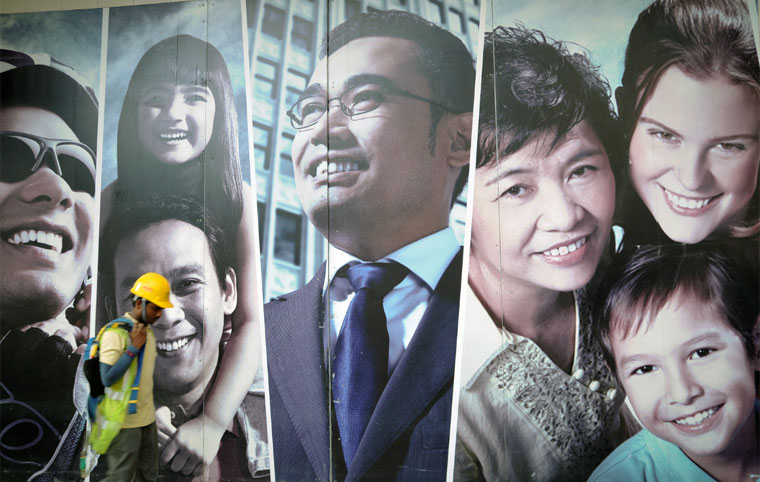An activity worksheet by a credentialed workshop course on effective communications looks set to offend every major group in Singapore.
This is the Facebook post:
This is what the post said about the course:
A friend of mine attended a WSQ course on effective communication and was appalled by the atrocious course material.
WSQ courses are government approved courses to help individuals improve their employability.
So apparently, the course instructor was trying to assess the participants' ability in managing conflict and garnering consensus.
The assessment (refer to photo) required one to decide who to retrench based on their social backgrounds and personal circumstances.
Retrenchment should only be based on one's work performance. This assessment scenario is not only against our values of meritocracy, it is extremely amoral and discriminatory. I have no idea what the course instructor is trying to teach here.
My friend refused to partake in the assessment and the instructor decided to fail him. I don't see why someone deserves to fail because he abstained from such shoddy course assessment.
WDA ought to have ample quality checks on their outsourcing of training.
And this is what the course worksheet required participants to do for an activity:
Communicate & Relate Effectively at the Workplace
Eagle Infotech Consultants Pte Ltd
Learning Activity/ Assessment 5: (Discussion & Written Assignment)
Requirement 1: Group Discussion
Getting Consensus
You are a member of a task force that has been asked to oversee the downsizing of a department.
There are 10 individuals in the department but only 6 can be retained.
These 6 people will be deployed to other groups while the remaining 4 will be out of work.
Everyone must agree on the 6 who will be offered new jobs. Voting is not allowed and you should explore the various conflict resolution strategies to achieve outcomes in the negotiation. You have 50 minutes to reach an agreement.
The 10 people in the department are as follows:
1. A fifty-year-old divorced woman who re-entered the workforce three years ago after raising five children.
2. A thirty-five-year-old engineer who is known to be a confirmed racist.
3. A former priest who left the Catholic Church under questionable circumstances but who is performing well on the job.
4. A thirty-year-old woman who is putting herself through school.
5. A forty-year-old Indian man whose wife is dying of cancer.
6. A woman with very strong views, an impressive track record and has an interest in a management position.
7. A twenty-six-year-old man who is a supporter of the PAP.
8. A woman who works two jobs to support her invalid parents.
9. A man who was formerly a member of the Workers' Party.
10. A talented man with several years of service and is a homosexual.
And this is why the worksheet is controversial:
The worksheet essentially demands workshop participants to make the decision on who to fire based on race, age, religious and political affiliation, as well as, sexual orientation.
Although the caricatured real world examples of the various people are almost too good to be true, the criteria to decide who to retrench certainly is not.
This is especially so in light of the fact that Resorts World Sentosa (RWS) had just retrenched close to 400 employees on the week of June 9, 2016, with complaints from those let go that they might have been indiscriminately dismissed.
WSQ, for the record, stands for the Singapore Workforce Skills Qualifications (WSQ).
It is a national credentialing system to train, develop, assess and recognise individuals for the key competencies that companies look for in potential employees.
WSQ is based on national standards developed by the Singapore Workforce Development Agency (WDA) in collaboration with various industries comprising industry sectoral frameworks which serve to professionalise the industry and improve labour mobility allowing companies to easily recruit workers with the necessary skills.
Top photo via Rob O'Brien Flickr
If you like what you read, follow us on Facebook and Twitter to get the latest updates.
If you like what you read, follow us on Facebook, Instagram, Twitter and Telegram to get the latest updates.
